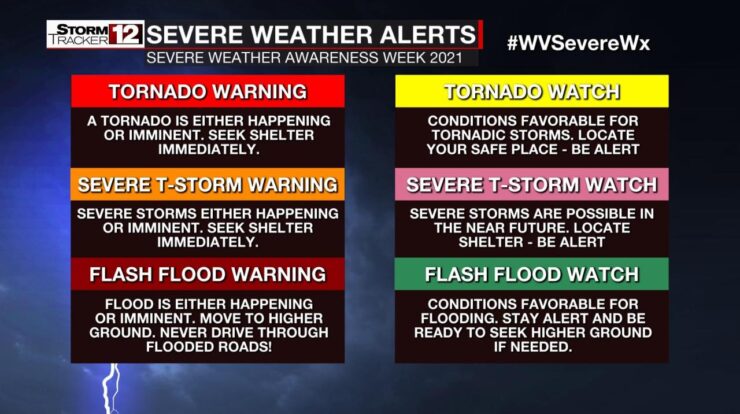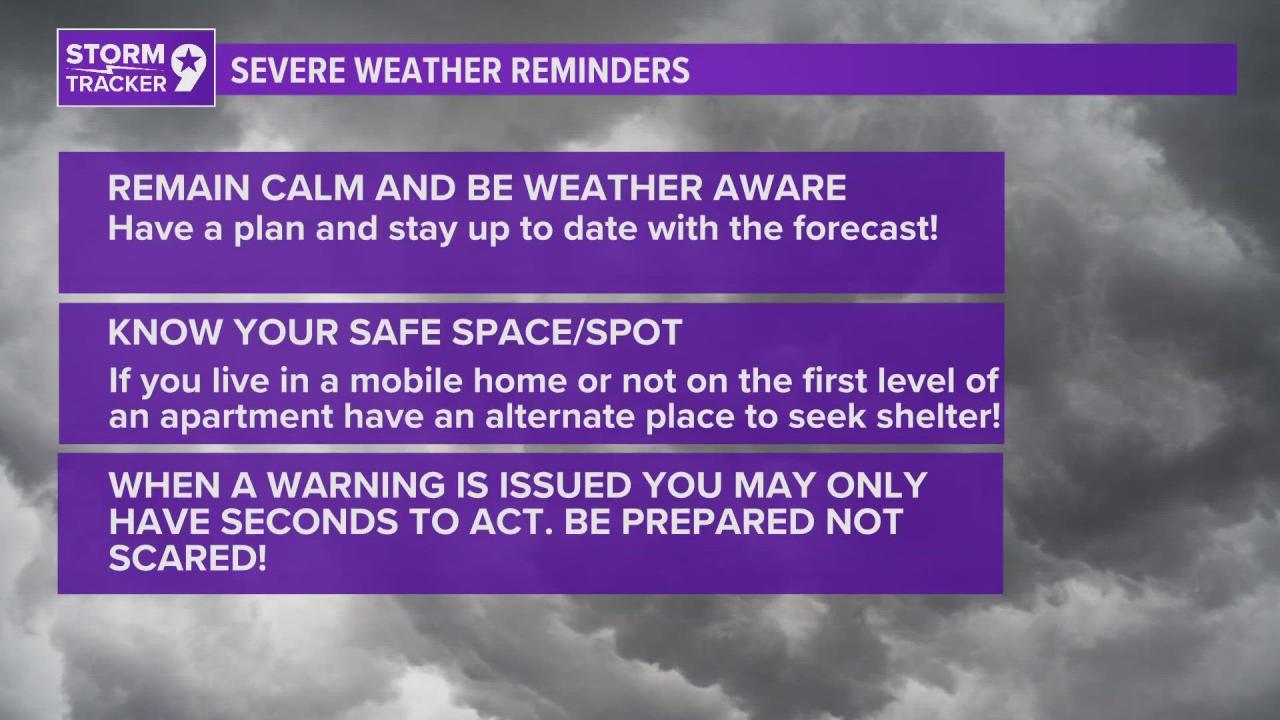
The difference between watch and warning sets the stage for this enthralling narrative, offering readers a glimpse into a story that is rich in detail and brimming with originality from the outset. Embark on a journey to unravel the intricacies of these two terms, exploring their definitions, authorities, dissemination, impact, and the technological advancements that shape their role in public safety.
Delve into real-world examples and case studies that showcase the effectiveness of watches and warnings, while also identifying areas for improvement. Gain a deeper understanding of the criteria for issuing each type of alert, the appropriate responses to ensure safety, and the consequences of ignoring or failing to heed these crucial messages.
1. Definition and Purpose

A watch is issued when there is a potential threat to life or property. A warning is issued when a hazardous event is imminent or already occurring.
For example, a watch may be issued when a hurricane is approaching, while a warning may be issued when the hurricane has made landfall.
Issuing Authorities
Watches are typically issued by the National Weather Service (NWS), while warnings are issued by local authorities, such as the police or fire department.
The NWS issues watches based on forecasts of future weather conditions, while local authorities issue warnings based on current conditions.
Dissemination and Response
Watches and warnings are disseminated through a variety of channels, including television, radio, and social media.
When a watch is issued, people should take steps to prepare for the potential hazard. When a warning is issued, people should take immediate action to protect themselves and their property.
Impact and Consequences, Difference between watch and warning
Watches and warnings can have a significant impact on individuals and communities.
For example, a watch can cause people to cancel travel plans or evacuate their homes. A warning can lead to road closures, school closures, and power outages.
Ignoring or failing to respond to watches and warnings can have serious consequences. For example, ignoring a hurricane warning can lead to death or injury.
Examples and Case Studies
In 2017, the NWS issued a watch for Hurricane Harvey. The hurricane eventually made landfall in Texas, causing widespread flooding and damage.
In 2018, the NWS issued a warning for the Camp Fire in California. The fire burned over 150,000 acres and destroyed thousands of homes.
Technology and Advancements
Technology has played a major role in the development of watches and warnings.
For example, the NWS uses computer models to forecast future weather conditions. These models have helped to improve the accuracy and timeliness of watches and warnings.
In addition, the NWS has developed a mobile app that allows people to receive watches and warnings directly on their phones.
Summary

In the realm of emergency preparedness, the distinction between watch and warning serves as a beacon of guidance, empowering individuals and communities to navigate hazardous situations with informed decision-making. By embracing the knowledge imparted in this comprehensive guide, readers will emerge equipped to respond effectively to watches and warnings, safeguarding their well-being and contributing to a culture of resilience.
Essential Questionnaire: Difference Between Watch And Warning
What is the key difference between a watch and a warning?
A watch indicates the possibility of a hazard developing, while a warning signifies that the hazard is imminent or already occurring.
Who is responsible for issuing watches and warnings?
In the United States, the National Weather Service (NWS) is the primary authority responsible for issuing watches and warnings for weather-related hazards.
How are watches and warnings disseminated to the public?
Watches and warnings are disseminated through various channels, including media outlets, NOAA Weather Radio, and mobile phone alerts.
What should I do when I receive a watch or a warning?
For a watch, stay informed and be prepared to take action if necessary. For a warning, take immediate action to protect yourself and your property.
What are the consequences of ignoring or failing to respond to watches and warnings?
Ignoring or failing to respond to watches and warnings can put you and your loved ones at risk. It can also lead to property damage and other negative consequences.
